Service Level Agreements (SLAs) define how we respond to your issues and requests. They reflect our reliability, efficiency and confidence in the support that we provide.
SLAs
Service Level Agreements (SLAs) are simply our promises to respond to your ICT concerns and requests within a specified time range.
They demonstrate that we have a well-developed and efficient IT support approach, and that you can trust us.
The Basics
Our service level agreements are based on the agreed-upon hours of coverage and the priority of your issue or request.
We can create custom SLAs to meet your specific requirements, such as longer hours of coverage (24x7x365, weekends, and holidays), varied response times, priority, or coverage for different types of equipment. Simply enquire!
SLAs
- While many clients have extended and out-of-hours of support, our standard cover runs from 7:30 am to 6:30 pm (NZT), from Monday to Friday, but excluding public holidays for New Zealand.
- Our monitoring service runs 24x7x365 and major issues are dealt with by our out-of-hours incident team regardless of your cover, and you can elect to increase cover for critical systems if you wish.
- Our SLA timers run only during your agreed hours of cover.
How we work out priorities
The priority of your issue or request also affects our SLA timings. When you submit a ticket with us, we evaluate it based on the information you provide.
We inform you of the priority we’ve allocated, but we’re ready to consider extenuating circumstances if you believe we’ve made a mistake.
Urgency
Roughly, this is how many people are affected by the incident, e.g.
- LOW – one person or small group of people affected
- MEDIUM – department or large group of people affected
- HIGH – whole organisation is affected
Impact
Again, roughly speaking, this relates to how disruptive the incident is, e.g.
- LOW – there’s an easy and effective workaround, so this is more an irritation than a stoppage
- MEDIUM – operational efficiency is degraded, but there is either a reasonable workaround or other members of the team are unimpeded
- HIGH – the issue is critical and one or more major business processes are stopped
We then apply our priority matrix as follows:
| HIGH Urgency | MEDIUM Urgency | LOW Urgency | |
|---|---|---|---|
| HIGH Impact | Priority 1 | Priority 1 | Priority 2 |
| MEDIUM Impact | Priority 1 | Priority 2 | Priority 3 |
| LOW Impact | Priority 2 | Priority 3 | Priority 4 |
In our experience most issues fall into priority 3, so that tends to be a default. The priority assigned dictates the amount of time we give ourselves to deal with your incident or request.
Overriding our priorities
We strive to be adaptable and recognise that extenuating circumstances do arise from time to time. Perhaps the problem is affecting your consumers, or key employees are experiencing difficulties with a major project with a tight deadline.
If there is a good cause, our technicians can override our standard priority evaluation if you have informed us.
The clock is ticking
On every ticket you raise, we have several clocks (timers) running, but most of our clients are only concerned in two of them (“reply within” and “resolve within”)
These timeframes are maximums; we usually stay well inside these parameters.
We will put the clock on hold in some instances, such as when we are awaiting a response from you with further information or approval for work that may have a temporary impact on you or your business.
“Respond within…”
This is the maximum amount of time (during your hours of coverage) that it should take us to come back to you and confirm who is handling your ticket – rather than a recorded menu system or a call-logger, you will speak with a skilled technical expert right away.
“Resolve within…”
The maximum time it should take to get everything up and running is the one that everyone is actually interested in.
| Respond Within | Respond Within | Resolve Within |
|---|---|---|
| Priority 1 | 1 working hour | 4 working hours |
| Priority 2 | 1 working hour | 8 working hours |
| Priority 3 | 2 working hours | 16 working hours |
| Priority 4 | 2 working hours | 24 working hours |
| Priority 5 | 8 working hours | 40 working hours |
Some examples of priorities
- Priority 1 – Nobody has the ability to send or receive emails (everyone is affected, and a major business process is stopped)
- Priority 2 – The entire company’s Internet connectivity appears to be slower than usual (everyone is affected, and efficiency is degraded)
- Priority 3 – Some of the company’s shortcuts vanished once the company’s web browser was upgraded (everyone is affected but there is an easy workaround)
- Priority 4 – Your computer takes a long time to boot up in the morning, but everyone else is fine (your productivity is decreased, but you’re the only one affected).
- Priority 5 – Someone is missing the shared folder shortcut that everyone has, yet they can save files to it by physically navigating to it (there is a simple remedy, and just one person is affected).
Exceptions to our priorities
The following are exceptions to our priorities and timers in the above matrix:
- Paid workshop repairs – We frequently rely on the supply of parts or arrangements with you for collections and returns, thus these projects are normally assigned a priority of 5.
- Quotes – We don’t set timers for these requests, but we try our best to respond quickly and keep you informed.
- Low priority admin requests – These have response times that are comparable to priority 4, but a resolve time that is comparable to priority 5. We usually get plenty of notice, and these requests aren’t time sensitive.
HOW IT WORKS
GET AN IT SOLUTIONS QUOTE
We’ll chat about your business, how you use technology, and what you want to get out of IT.
Lets Talk

We’ll chat about your business, how you use technology, and what you want to get out of IT.
Choose Your Plan

If we’re the right fit, you’ll choose the IT service agreement that works best for your organization.
Start Your Experience

Within days, you’ll be experiencing IT like never before.




